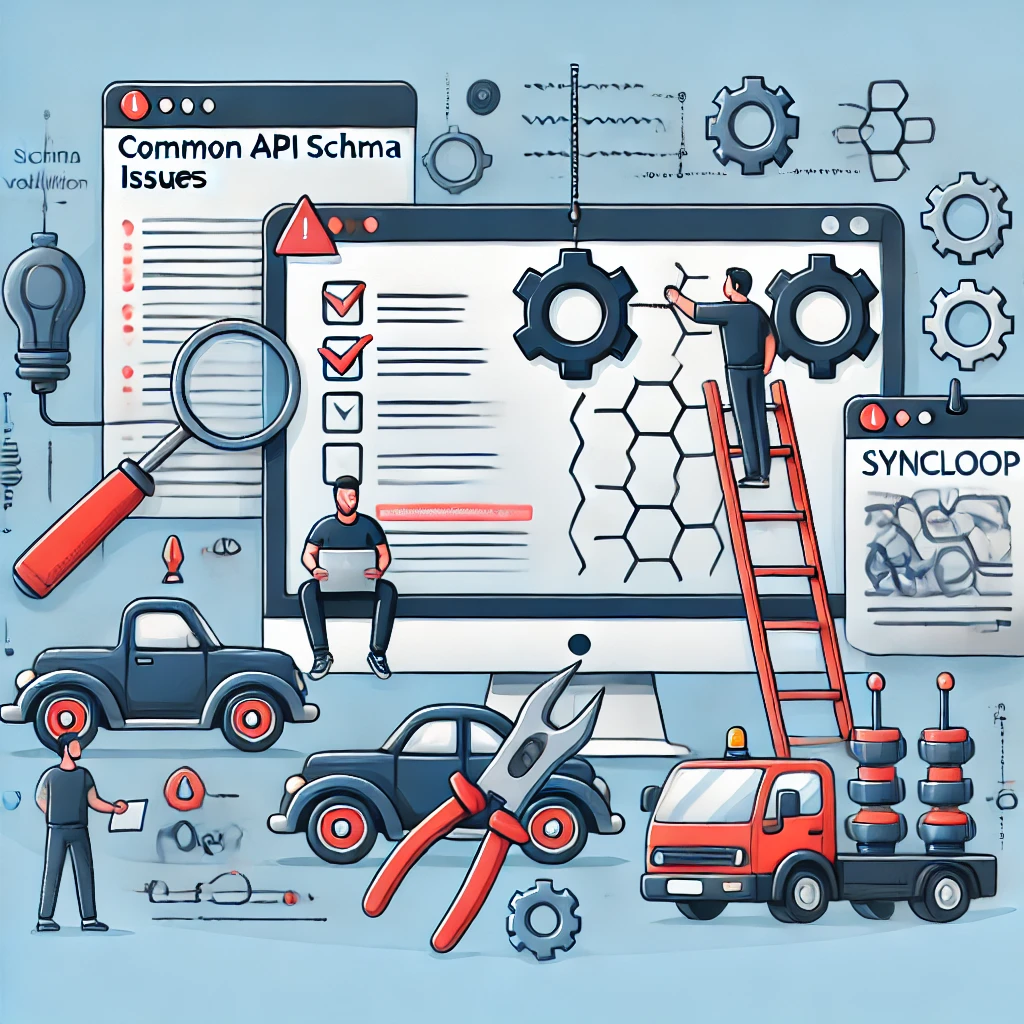Exploring Nested API Design Patterns with Syncloop

Syncloop provides a robust framework for building and managing nested API design patterns. This blog explores how Syncloop simplifies nested API development, offers examples of nested design patterns, and outlines best practices for implementation.
What Are Nested API Design Patterns?
Nested APIs structure endpoints hierarchically, mirroring the relationships between entities in the data model. For example:
- /users/{userId}/orders: Retrieves all orders for a specific user.
- /projects/{projectId}/tasks: Accesses tasks within a specific project.
These patterns help reduce the number of requests required to fetch related data, making APIs more efficient and user-friendly.
Why Use Nested API Design Patterns?
- Intuitive Design: Mirrors real-world relationships, making APIs easier to understand and use.
- Reduced API Calls: Combines related data into fewer requests, improving performance.
- Enhanced Readability: Provides a clear structure for accessing related resources.
- Simplified Logic: Streamlines backend logic by grouping related operations.
How Syncloop Simplifies Nested API Development
Syncloop offers tools and features that make designing and managing nested APIs straightforward:
1. Dynamic Routing
Define nested routes effortlessly with Syncloop’s intuitive route builder, mapping hierarchical relationships to endpoints.
2. Data Mapping and Transformation
Syncloop’s data mapping tools allow developers to fetch, join, and transform data from related entities seamlessly.
3. Request and Response Optimization
Customize nested responses to include only the necessary fields or sub-resources, reducing payload size and improving performance.
4. Role-Based Access Control (RBAC)
Set permissions at multiple levels to secure nested APIs and ensure appropriate access.
5. Error Handling
Automate error responses for invalid requests, such as accessing a non-existent parent resource.
6. Monitoring and Analytics
Track usage patterns, identify bottlenecks, and optimize nested endpoints with Syncloop’s real-time analytics.
Examples of Nested API Design Patterns
1. User and Orders
- Endpoint: /users/{userId}/orders
- Purpose: Retrieves all orders placed by a specific user.
- Response Example:
json
Copy code
{
"userId": "12345",
"orders": [
{ "orderId": "1", "amount": 100 },
{ "orderId": "2", "amount": 200 }
]
}
2. Project and Tasks
- Endpoint: /projects/{projectId}/tasks/{taskId}
- Purpose: Accesses a specific task within a project.
- Response Example:
json
Copy code
{
"taskId": "456",
"name": "Design wireframes",
"status": "In Progress"
}
3. Categories and Products
- Endpoint: /categories/{categoryId}/products
- Purpose: Fetches all products under a specific category.
- Response Example:
json
Copy code
{
"categoryId": "electronics",
"products": [
{ "productId": "tv123", "name": "Smart TV" },
{ "productId": "phone456", "name": "Smartphone" }
]
}
Best Practices for Nested API Design with Syncloop
- Avoid Deep Nesting: Limit nesting depth to avoid overly complex and hard-to-maintain APIs.
- Example: Use /users/{userId}/orders instead of /users/{userId}/orders/{orderId}/items.
- Provide Filters: Add query parameters for additional filtering and sorting options.
- Example: /users/{userId}/orders?status=delivered.
- Optimize Payloads: Use sparse fieldsets to include only necessary fields in responses.
- Example: /users/{userId}/orders?fields=orderId,amount.
- Secure Nested Endpoints: Implement RBAC to enforce permissions at both parent and child levels.
- Document Relationships: Clearly explain the parent-child relationships in your API documentation for easier understanding.
- Handle Errors Gracefully: Return appropriate error messages for invalid or non-existent parent resources.
Benefits of Nested API Design with Syncloop
- Streamlined Requests: Reduces the number of API calls needed to fetch related data.
- Improved Performance: Combines related data in single responses, minimizing latency.
- Enhanced Usability: Provides intuitive and predictable endpoints for developers.
- Scalable Architecture: Handles complex relationships efficiently, even as data grows.
- Simplified Maintenance: Centralized tools for managing relationships and endpoints streamline API updates.
Conclusion
Nested API design patterns offer an efficient way to represent and interact with hierarchical data structures. Syncloop simplifies this process by providing tools for dynamic routing, data transformation, and security, making it easier to build and maintain nested APIs.
Whether you’re creating endpoints for e-commerce, project management, or user management systems, Syncloop empowers you to design APIs that are intuitive, efficient, and scalable. Embrace Syncloop to deliver seamless API experiences for developers and end users alike.
A visual representation of nested API endpoints, showcasing hierarchical relationships and streamlined data access powered by Syncloop.
Back to Blogs